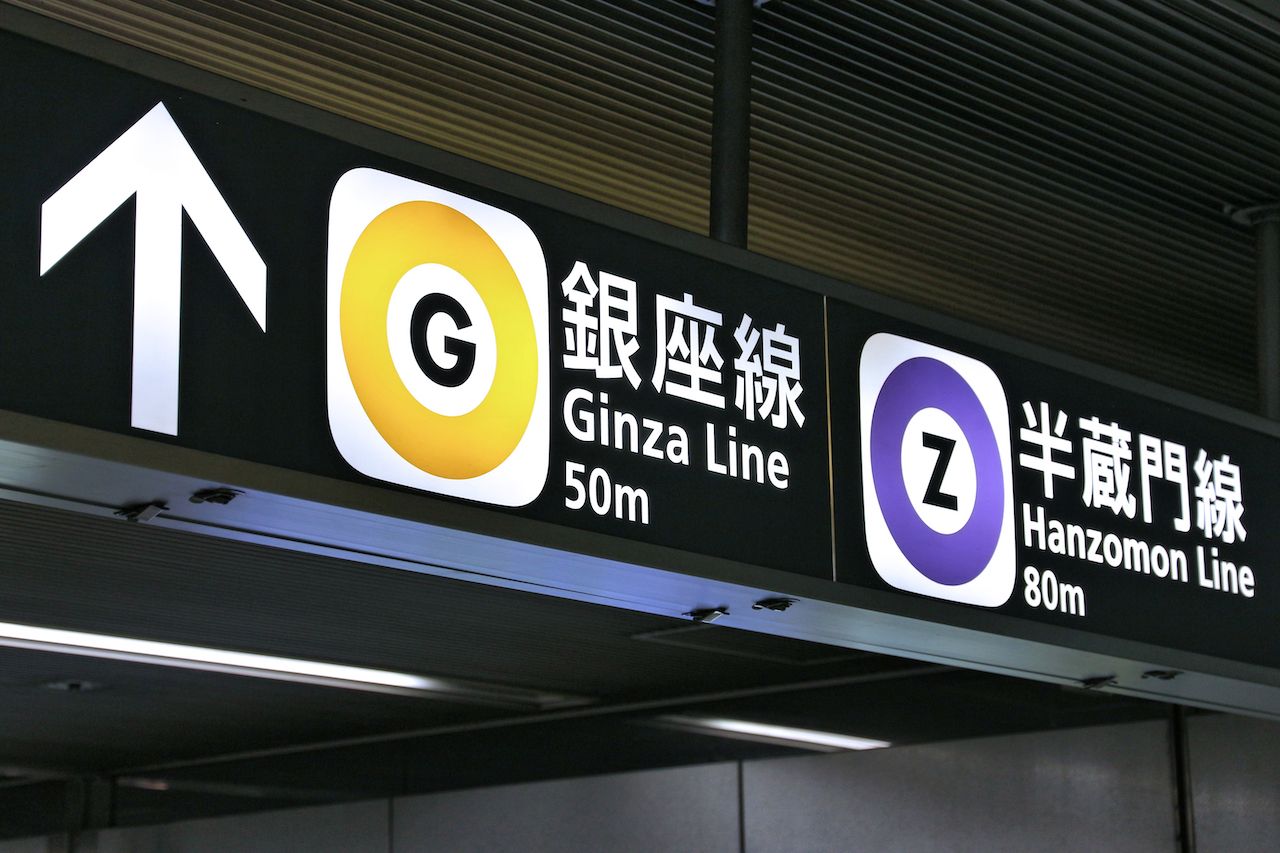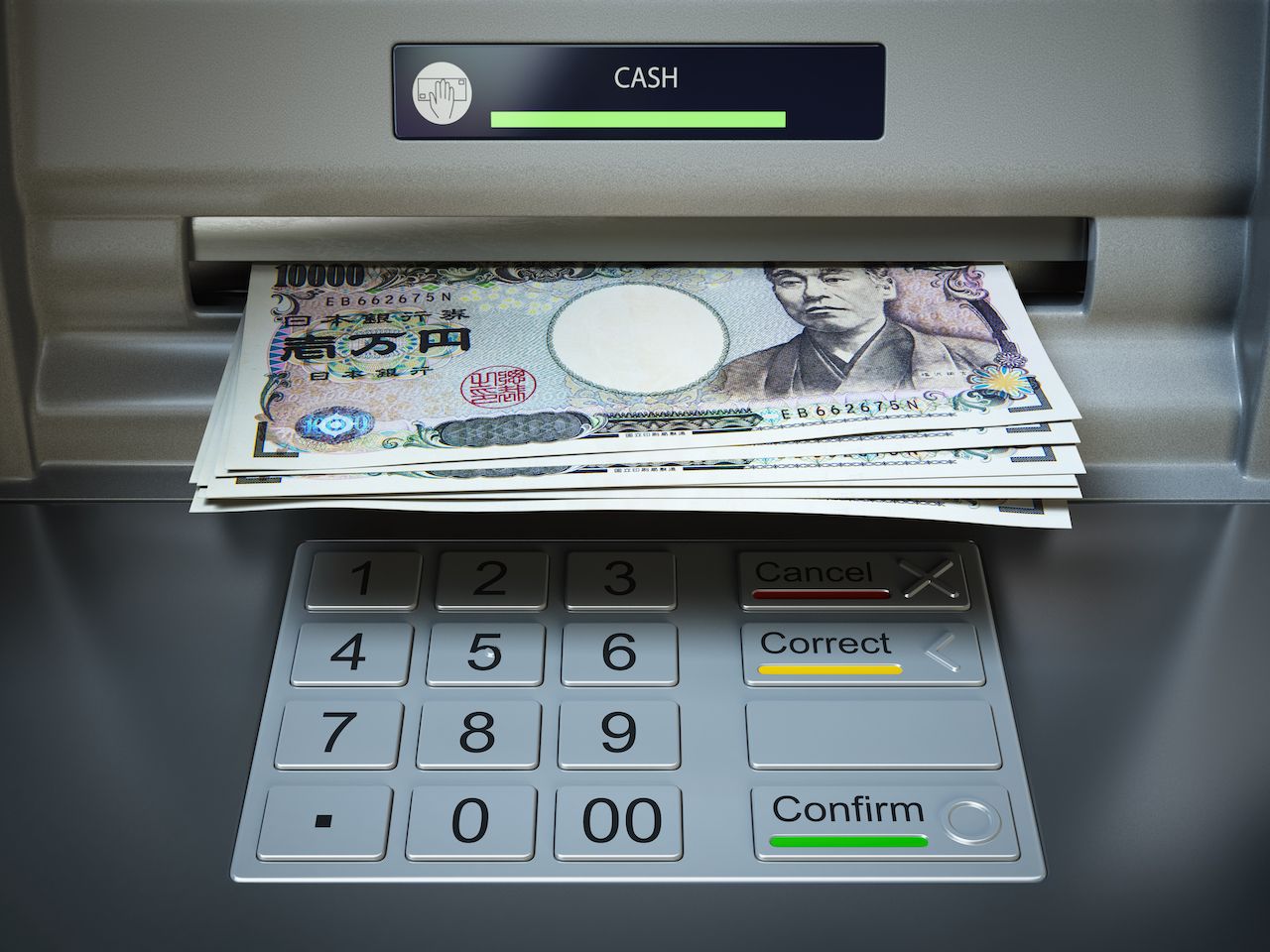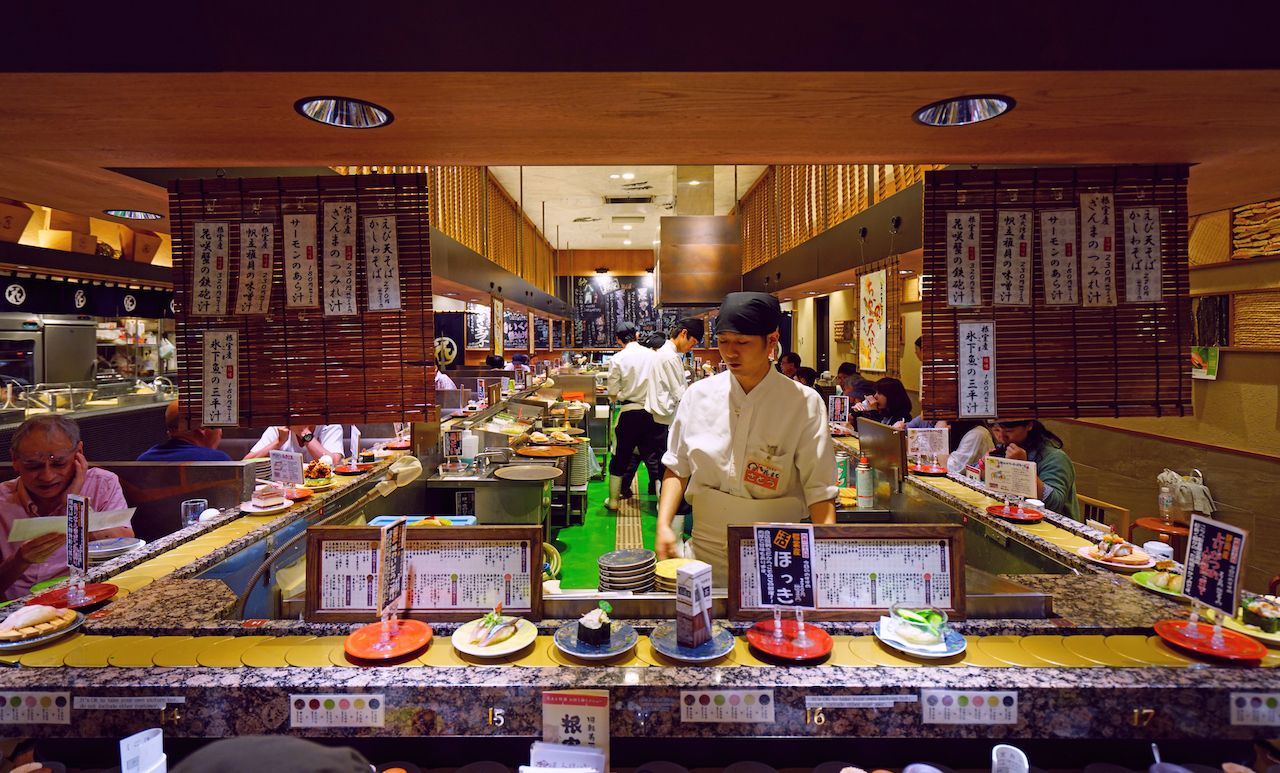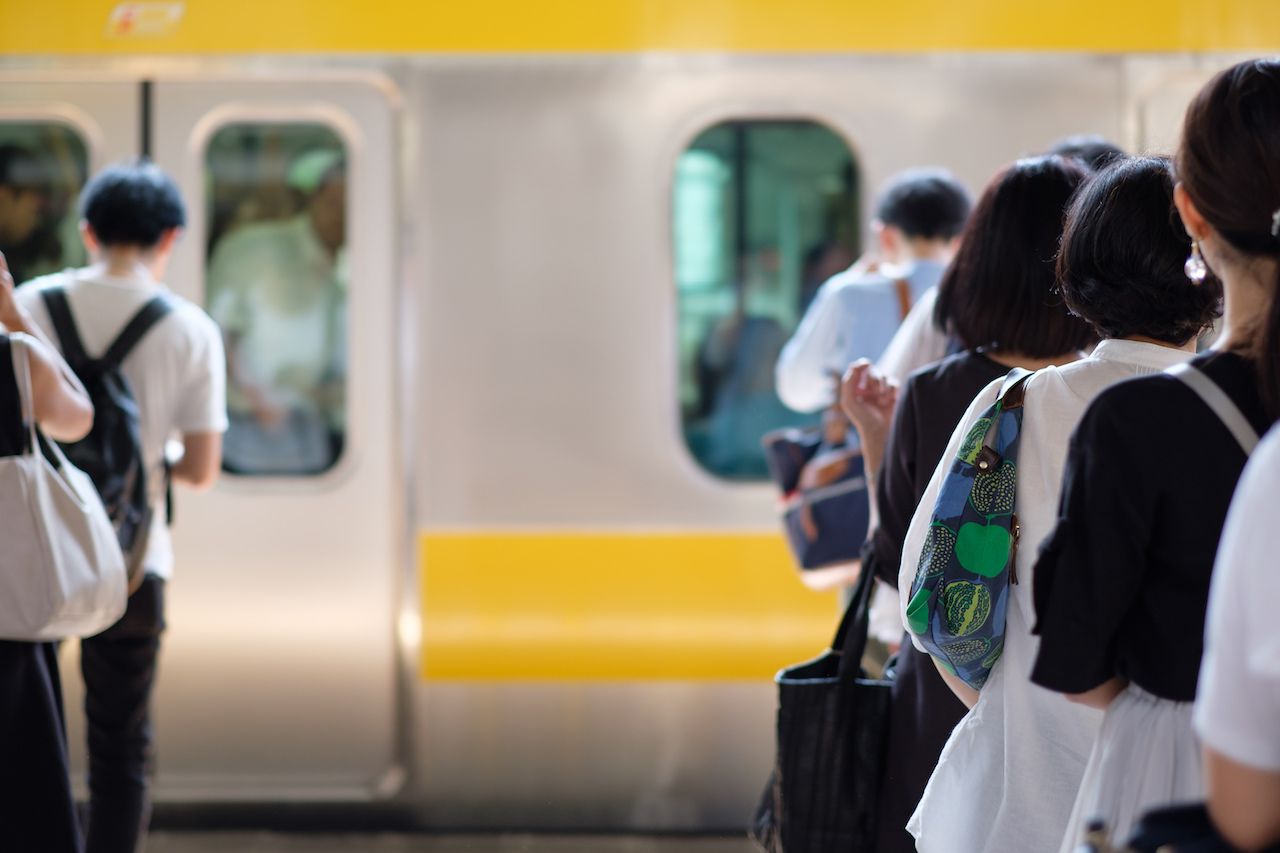In Japan, English is not widely heard or spoken outside of tourist epicenters. Therefore, getting by without knowing the language can be a challenge, but it’s still completely doable. If you’re considering a trip to Japan, here is a helpful beginner’s survival guide offering tips on how to navigate the country without speaking Japanese.
Ride the trains using basic knowledge of colors, numbers, and shapes.

Photo: Tupungato/Shutterstock
Globally revered for its sophistication, cleanliness, and staggering punctuality, Japan’s railway system is an attraction in and of itself, serving over 20 million people every day in greater Tokyo alone. In the cities, train announcements are repeated in English and signs are written in both Japanese and Romanji — the romanization of Japanese that can be sounded out phonetically and read in alphabetical characters. For example, しんじゅく is followed by its Romanji, “Shinjuku,” which is the busiest train station in the world and located in the heart of Tokyo.






